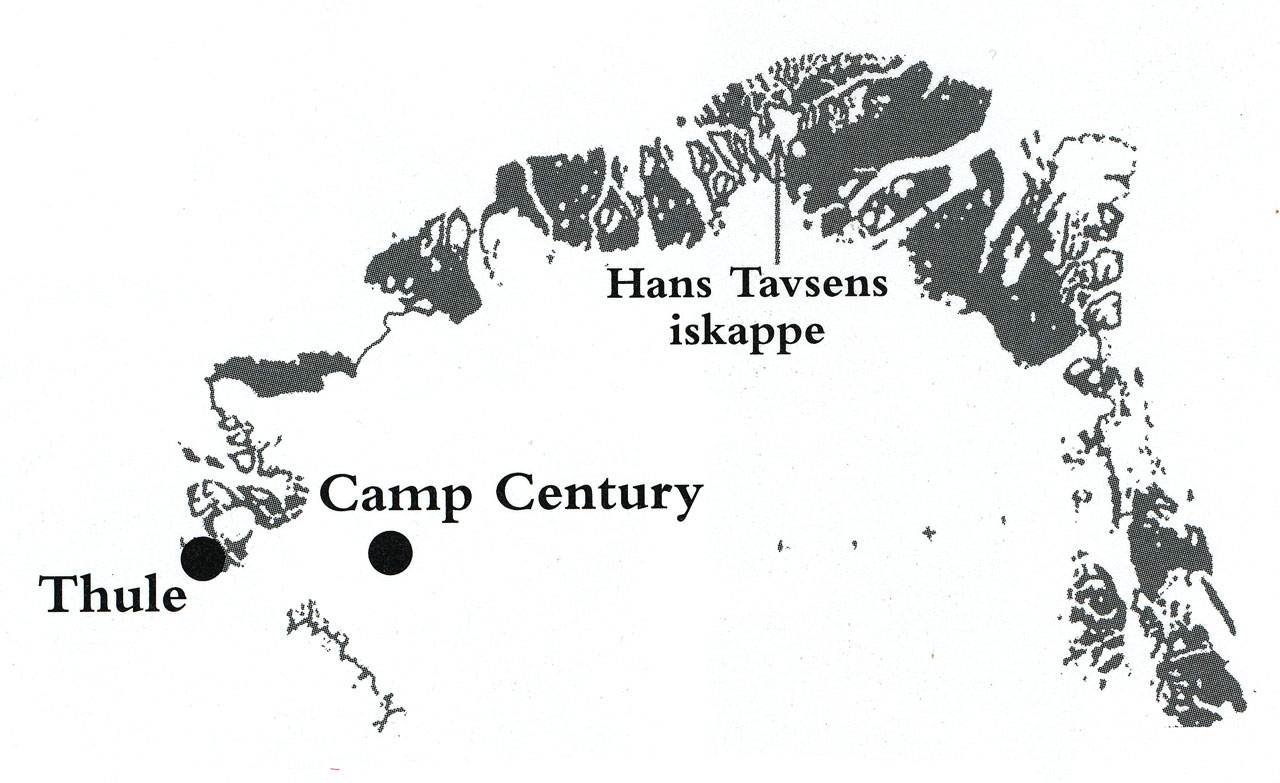The city under ice
The new dating method based on the isotope Si-32 potentially had the problem of the results being affected by the radioactive fallout resulting from nuclear testing. Willi Dansgaard is therefore interested in comparing old snow from before the nuclear test explosions to see if artificial Si-32 was formed by the blasts as polluted precipitation. He does not realise that he is facing the high point of his career.
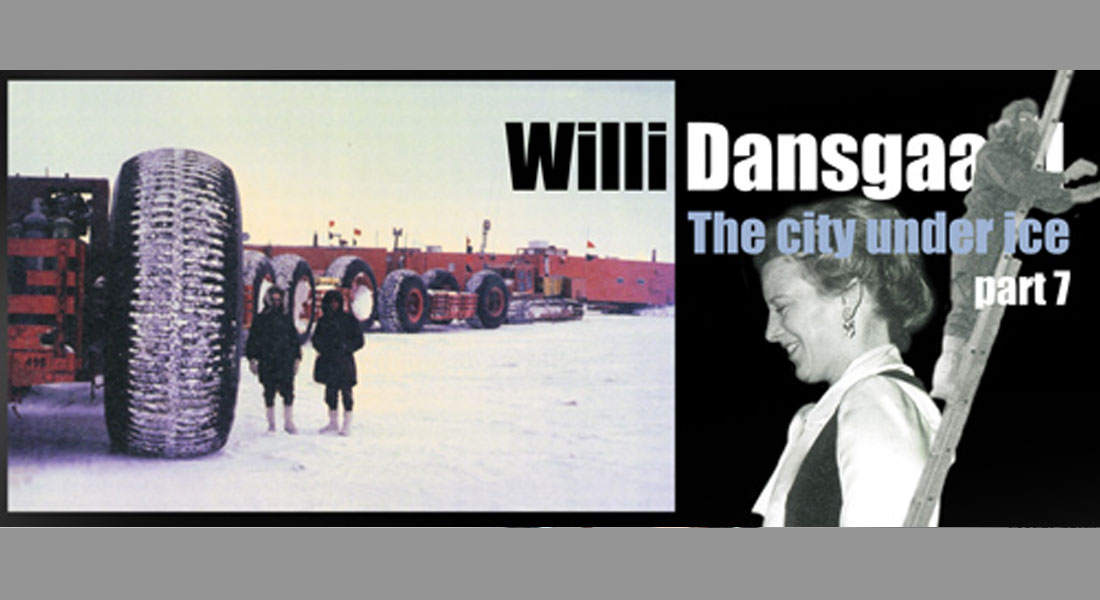
Camp Century
In the early 1960s there was another military base called Camp Century near Thule in Greenland, which was established in connection with American Cold War fears of Soviet attacks over the Arctic Ocean.
Camp Century is one big experimental station, where the Americans are testing various research techniques and want to see if it is possible to create a network of 4000 km of tunnels under the snow, which can be used to hide nuclear missiles.
The base is called "The city under ice" and it is comprised of 32 buildings, all of which are buried under the surface of the snow, where roads and bays have also been dug out:
”In addition to residential buildings, there were workshops, laboratories, offices and other workspaces as well as very well equipped cafeteria, bars, a gym, a library and so on, all buried under the surface of the snow,” explains Dansgaard. The Americans had even built a mile-long railway under the snow for the sole purpose of seeing if it could be done.
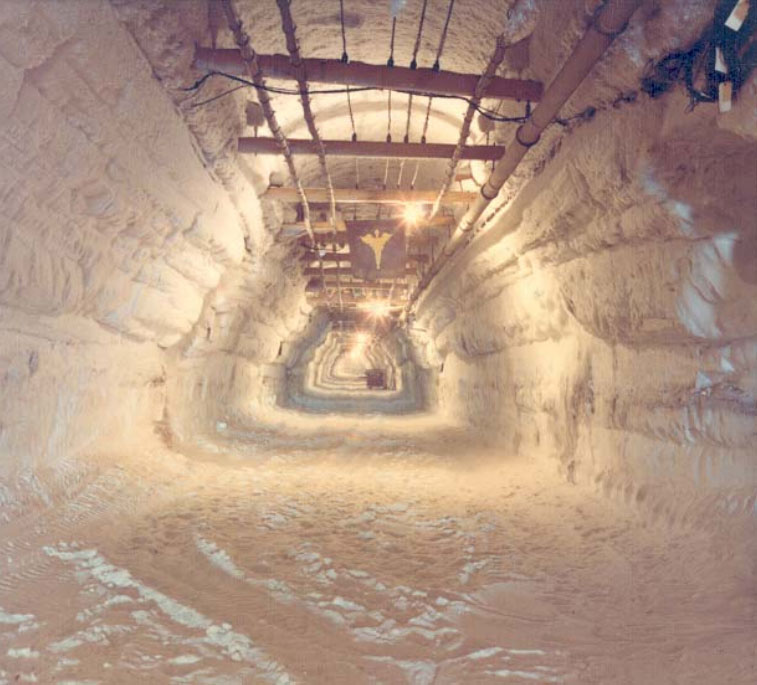
Willi Dansgaard is invited here in 1964 to get old snow from a deep shaft that is being drilled.
The world’s first deep drilling
The Americans are exceptionally hospitable and welcoming apart from one point, that Willi Dansgaard, much to his chagrin, is not allowed to see the ice core drilling that is also
taking place at the base. The drilling is full swing during Dansgaard’s visit in 1964 and two years later, in the summer of 1966, they hit the bottom of the ice sheet, 1390 meters below the surface.
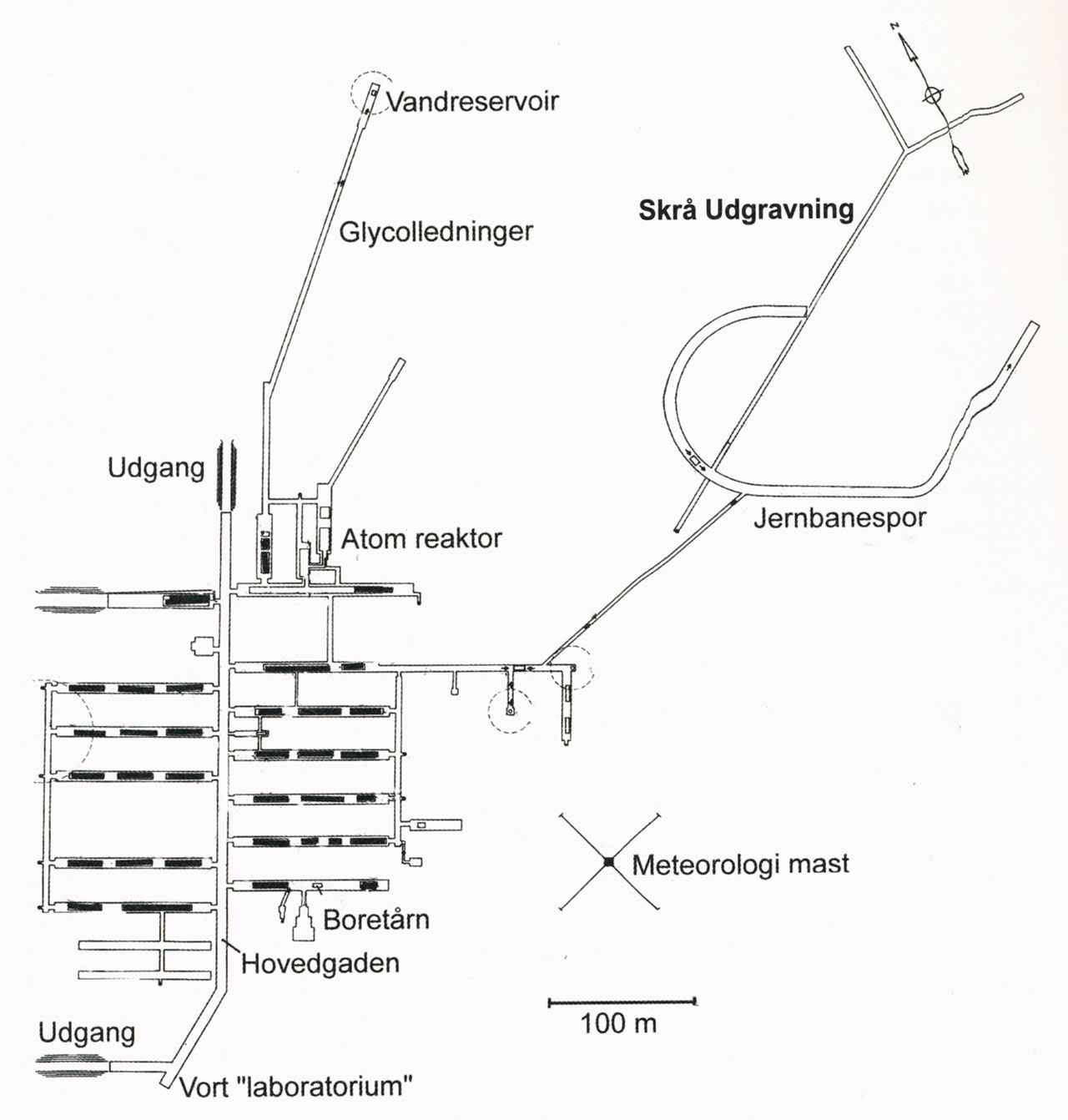
Dansgaard can already see the potential during his visit to Camp Century and he is convinced that the American researchers must be standing in line to get their hands on the cores. “The information about past climate that I had dreamed about getting from ice in the coastal glaciers 12 years prior must lie beautifully arranged in the ice core,” he explains.
However, the truth is that there were personal enmities in the American research community and Dansgaard judges that this probably contributed to the core finally falling into his hands.
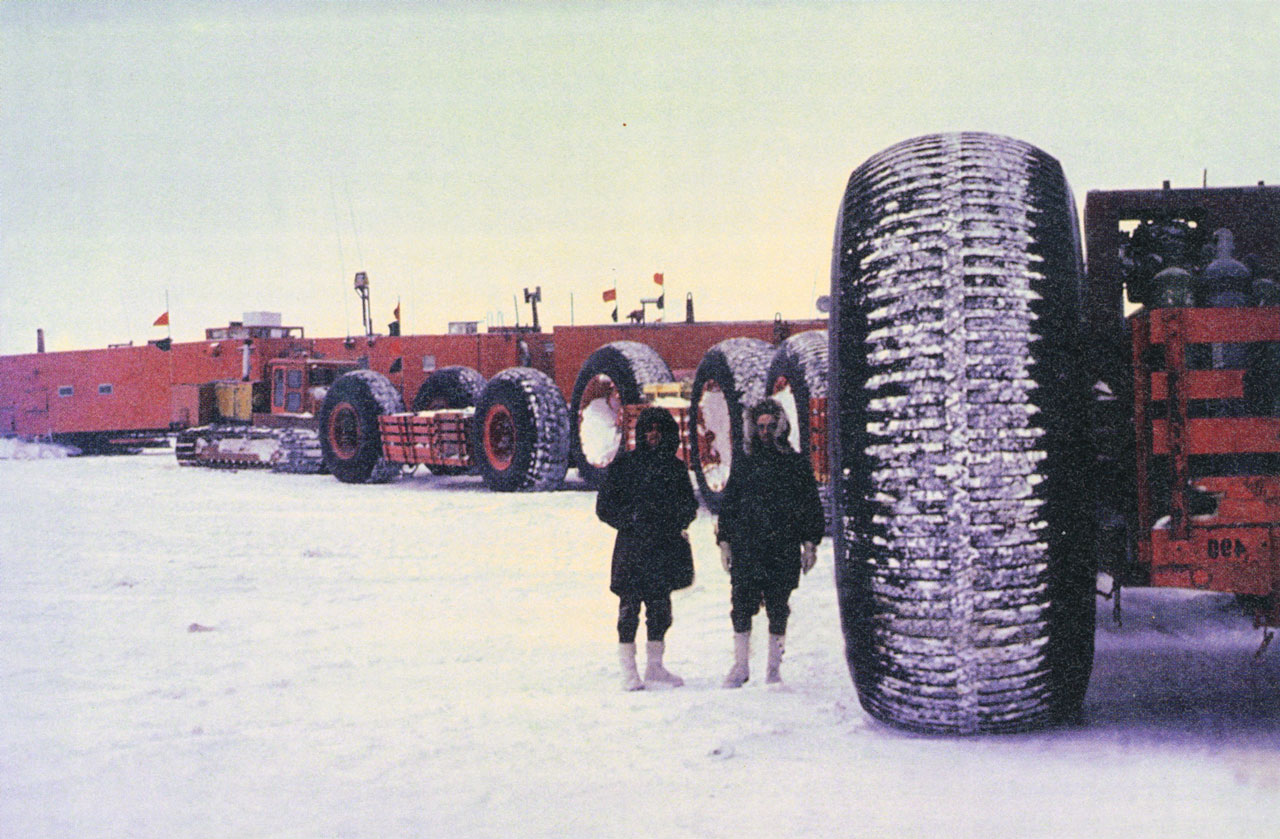
At the same time, the Americans prefer to be on good terms with Denmark in relation to the military bases on Greenland and when the Camp Century idea of many tunnels under the ice fizzled out, they are not entirely geared to take on the subsequent scientific research in the United States.
At this point, Willi Dansgaard is an established scientist that has already made a name for himself with the Tellus article in 1964 and he can present the head of the American drilling project, Chester Langway, with a detailed plan for measuring the core.
All in all, this means that Willi Dansgaard’s group can send a man to Hanover, New Hampshire in 1967 to cut samples from the core.
”At that time, we had no idea how much this ice core would come to mean for our group’s research and growth. It was the basis for our work the next 30 years, a job that continues today as intensively as ever,” writes Dansgaard in his autobiography in 2000.
Sensational results
The results of the studies of the ice cores are nothing less than sensational. Over the following year, the researchers develop a climate curve based on the measurements and it attracts attention around the world.
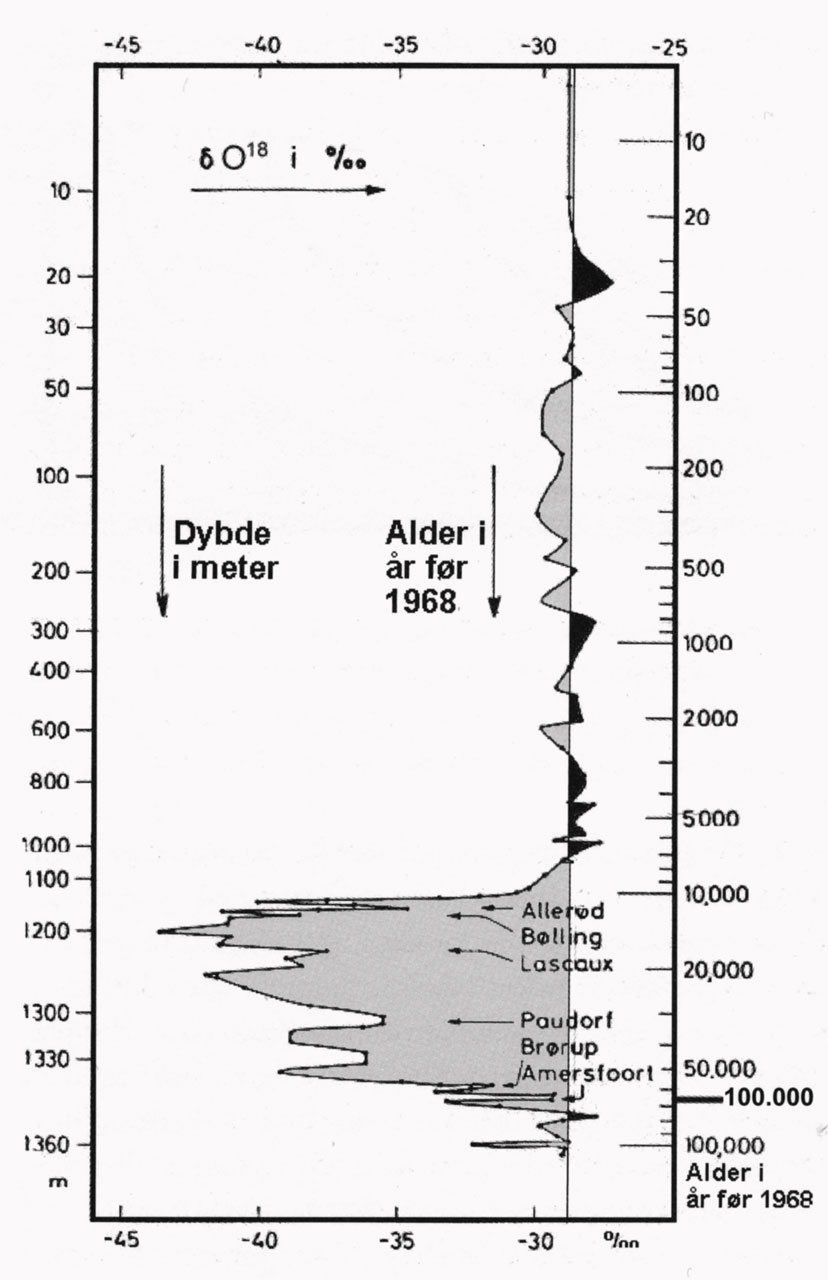
“I don’t really remember what we had expected, but we certainly hadn’t dared to hope for a curve that apparently stretched through the entirety of the last ice age – and beyond,” writes Dansgaard.
In connection with the Greenland expedition EGIG, Dansgaard had developed his first climate curve several years earlier, but it had only stretched back to the beginning of the 20th century.
With the new climate curve, you can see all the way back to ancient times and much, much farther. Willi Dansgaard, along with the promising young researcher Sigfus Johnsen, develops a method for dating the different annual layers and together they conclude that the ice core stretches more than 120,000 years back in time!
For the first time, Dansgaard registers the sudden and surprising changes in temperature during the ice age, which later came to be known as “Dansgaard-Oeshger events” and the results are so unexpected that not everyone believes them.
Many of Dansgaard’s research colleagues believe instead that the variations must be an indication that the core is damaged and it will take 10 years before this conflict is settled.
The most important result of the Camp Century core, however, is that the project in itself proves that you can make studies of past climate using isotopic measurements of the annual layers in the ice cores.
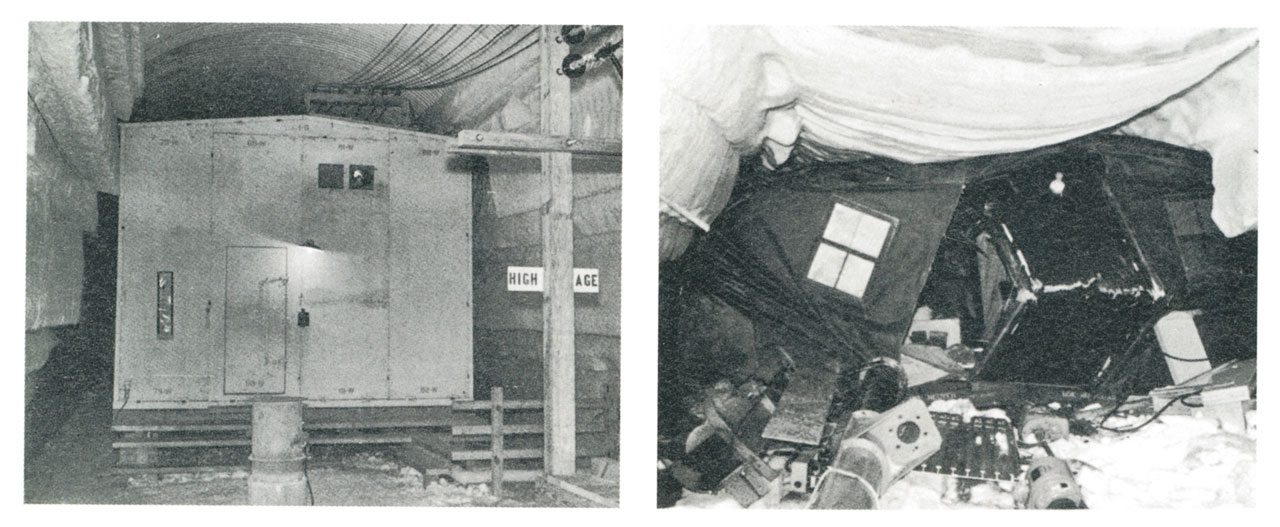
Recognition everywhere
They present their conclusions and the climate curve in several articles over the coming years, including one in the prestigious journal Science under the title ”One thousand centuries of climatic record from Camp Century". This article is later referred to as the birth of ice core research.
Dansgaard also holds a lecture on the subject during the international symposium holder Isage in 1968, where the presentation generates so much attention that he is immediately invited to speak at the following year’s Nobel symposium in Uppsala.
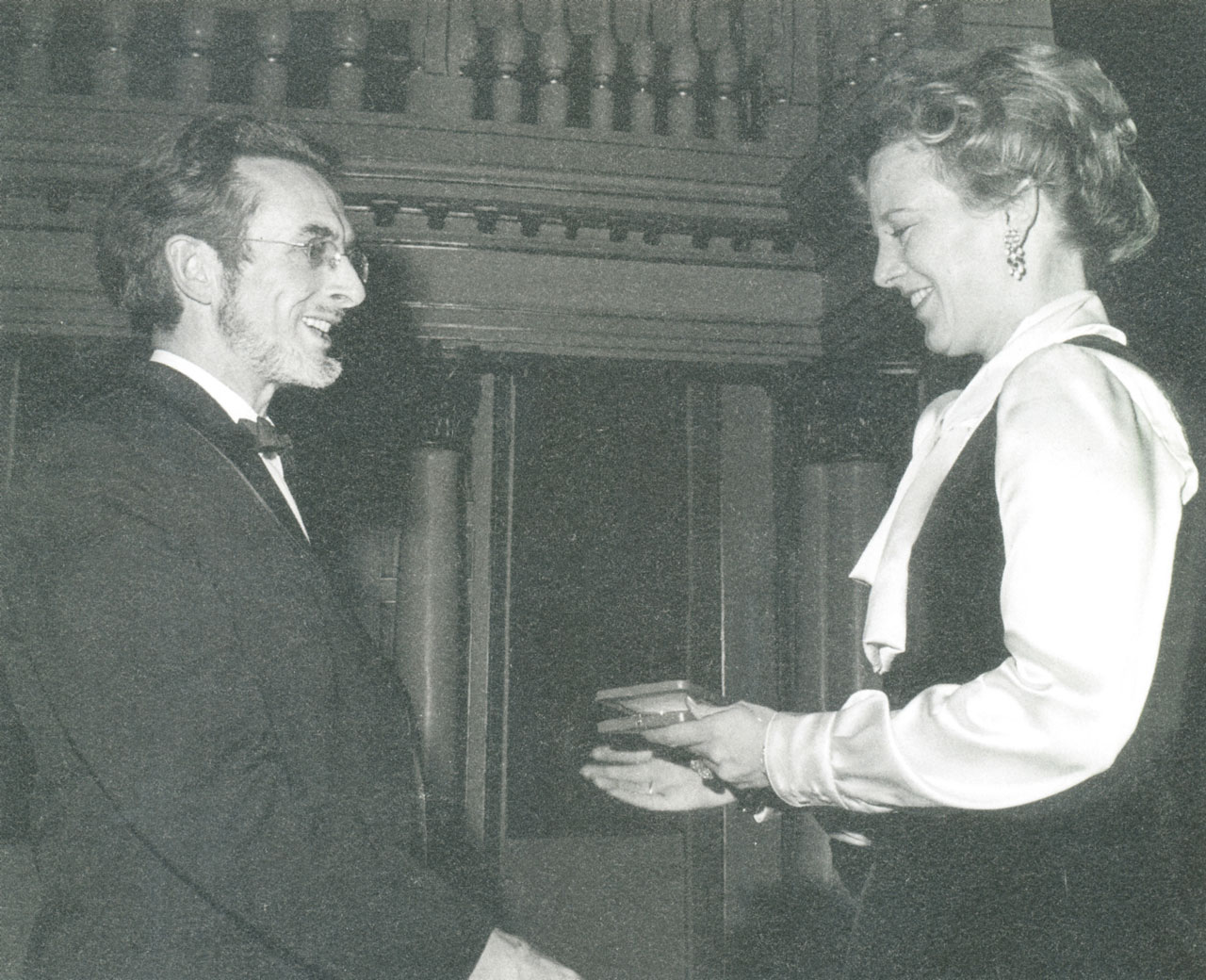
And in 1971, Dansgaard receives the Royal Danish Geographical Society’s Hans Egede Medal at a party where there is an exceptionally bright young woman at the table. They discuss Dansgaard’s research and she demonstrates so much understanding of the problems he is working on that he jokingly offers to collaborate.
This never came to anything, “in part because the young lady soon had more important tasks to carry out,” he explains in his autobiography and proudly adds that “two months later she became the Queen of Denmark.”
- See the United States Army’s propaganda film for Camp Century from 1963 here.
The trench
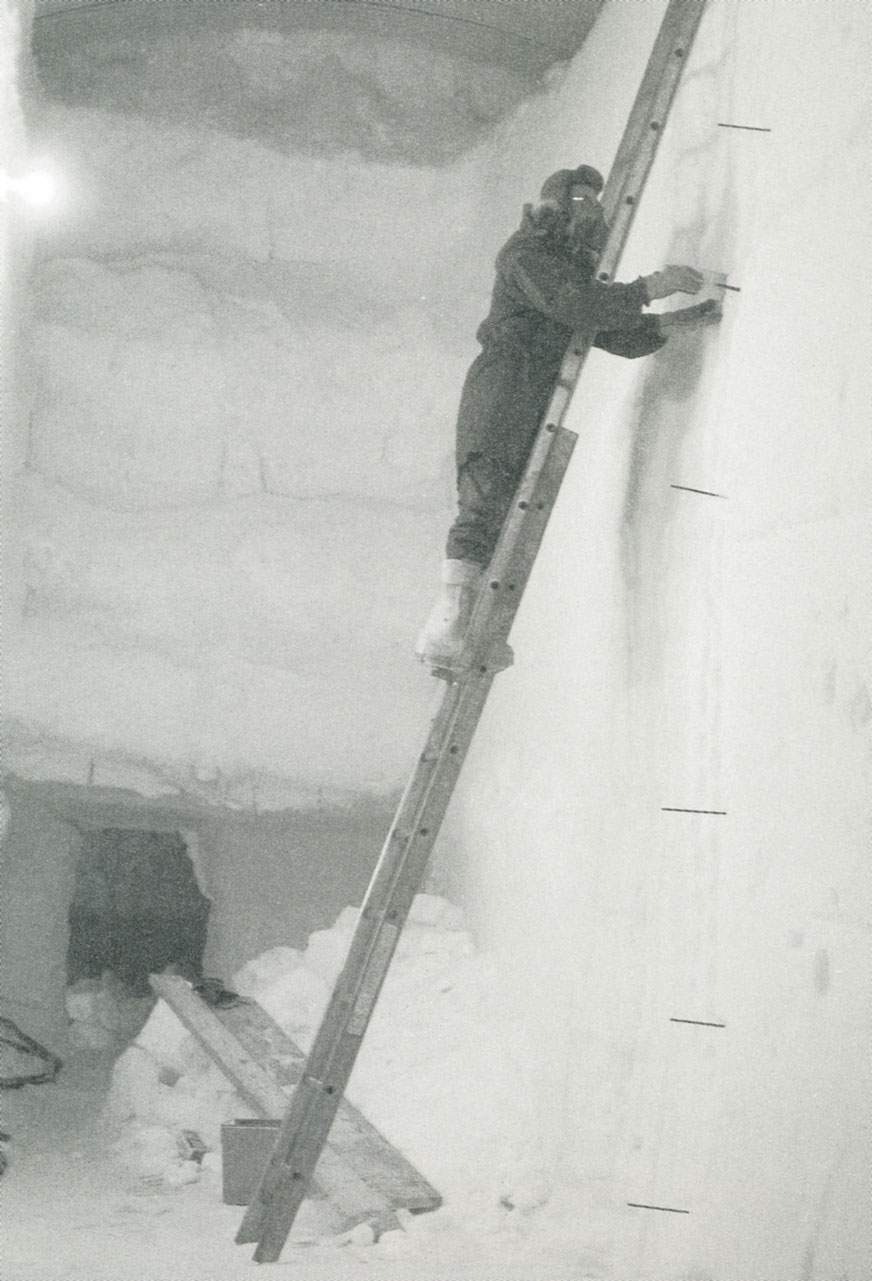
The Camp Century drill
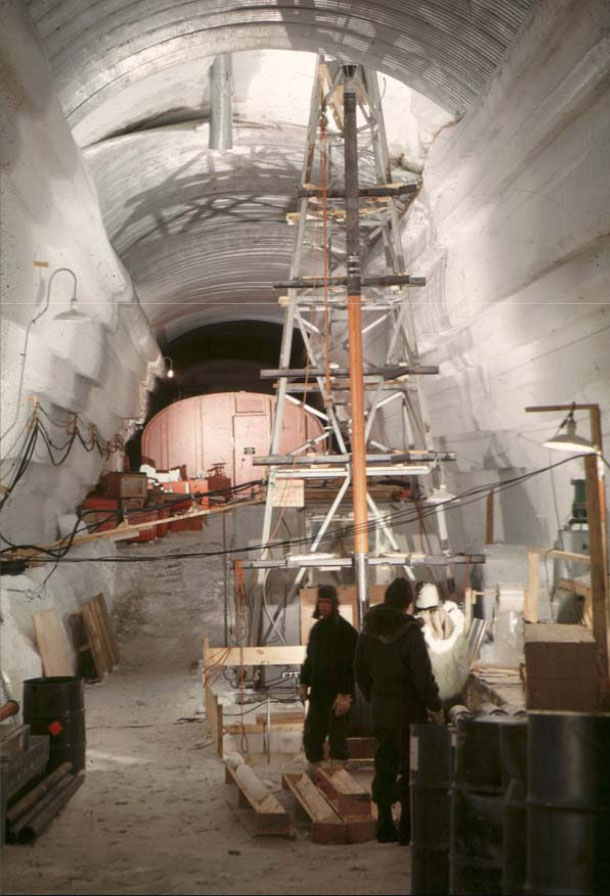
Sigfus Johnsen
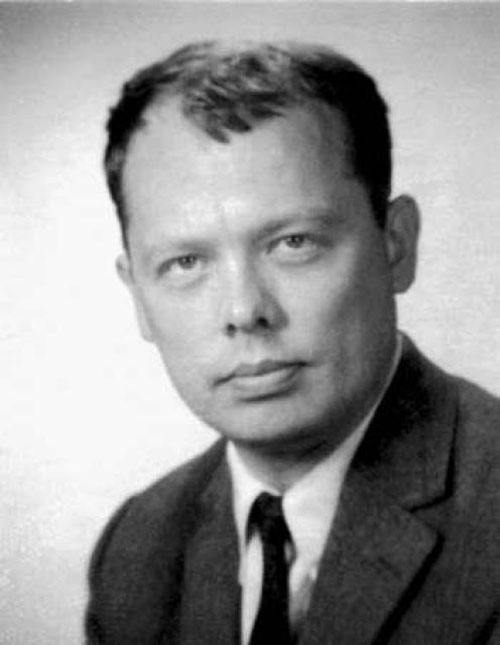
The Icelandic Sigfus Johnsen (1940 – 2013) joined Professor Willi Dansgaard’s group at the University of Copenhagen in 1964, where he worked with the description of past climate through studies of the world’s first ice core from Camp Century. In 1969, the results were published in journal Science and had such an impact that the article is considered to be the birth of ice core based climate research.
Sigfus Johnsen’s collaborated with Willi Dansgaard to create a new simple and intuitive physics calculation model, which became known as the Dansgaard-Johnsen model and he is among the most cited in the field of geosciences. He was also one of the main brains behind the development of the Danish drill ISTUK, which would later be replicated around the world.
Dansgaard writes about Sigfus Johnsen: ”I cannot think of anyone else who combines such a great talent for both theoretical and experimental physics, a feel for complex engineering and abilities as an excellent expeditionist – and who, moreover, is a nice and amiable person.”
Camp Century map
